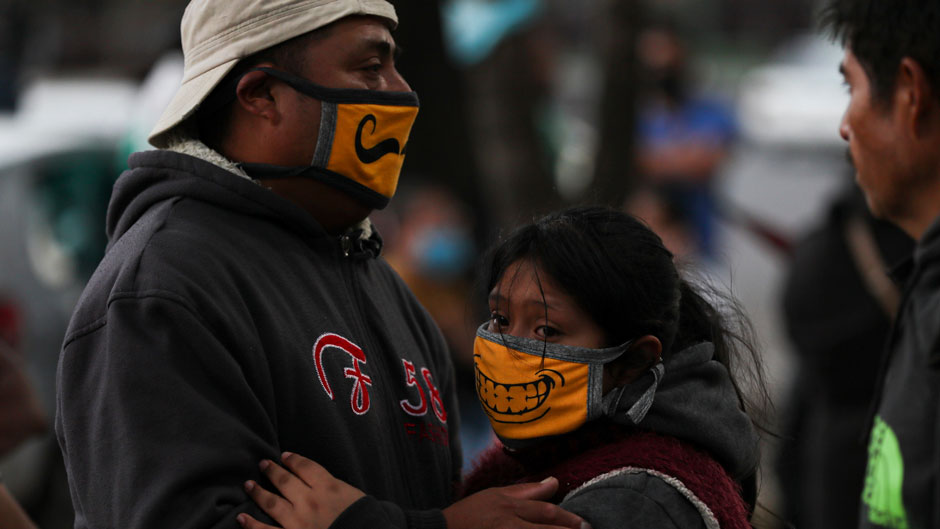With the launch of a new initiative that will assess the response and impact of COVID-19 in Latin American countries, the Observatory for the Advancement of Public Policy Against the COVID-19 Pandemic shared its findings of what is happening in Mexico, its first country-wide analysis, during a news conference on Wednesday.
In opening remarks, University of Miami President Julio Frenk emphasized the need for “clear, accurate, consistent, and credible information” regarding the spread of the pandemic and highlighted the collaborative nature of the observatory, which includes the participation of the National Autonomous University of Mexico and the Center for Research and Teaching in Economics in Mexico, among other institutions.
“The observatory offers a very valuable tool that will provide a daily portrait of a series of parameters and measures enacted by the different states in Mexico—and especially those relating to physical distancing, which has been shown to be the principal tool for governments to slow the spread of the virus,” said Frenk.
“Our purpose is to place this timely information at the disposal of the different levels of government in Mexico in order to help to make better decisions going forward,” he added.
Felicia Knaul, director of the Institute for Advanced Study of the Americas and an international health economist who has fueled the development of the consortium, offered a presentation that showed graphic indices of the impact of public policy on mobility in the 32 Mexican states.
“The observatory has one main objective, and that is to help save lives,” Knaul said. “We are here to generate information, day by day and systematically, regarding the policies that national and state governments have made, are making, or will make to combat the COVID-19 pandemic and that have to do especially with physical distancing.
‘We are measuring the effectiveness of these policies in terms of their timeliness, date of implementation, and the public’s response to the policy,” Knaul added.
Using the Oxford COVID-19 Government Response Tracker facilitated by Oxford University, the consortium, or observatory, tracked seven public policy variables that determine physical distancing: school closures, suspension of business activities, cancellation of public events, suspension of public transportation, development of public information campaigns, restrictions on in-state travel, and international travel control.
Data collected beginning Feb. 27—with the first registered COVID-19 case in Mexico— through April 27, showed wide variation across the states that is only partially explained by varying degrees of economic development and has more to do with how energetically state governments shifted policy and enforced measures to restrict mobility, according to the observatory.
In addition to collecting data on multiple public policy responses by governments, the consortium measures the effectiveness of these policies in terms of population movement, compiles these scores into a common index, monitors the epidemiological situation—incidence distribution, mortality, and control of COVID-19—and provides this live stream of information.
Consortium members concurred that Mexico has been slow to prepare for the advance of the pandemic, that the delay will most likely be costly in terms of lives lost, and that the country has now entered a critical phase.
In a statement, they expressed their intention that the data helps to shore up reporting gaps and serves to drive better government responses in advance of an anticipated second wave of infections projected for the fall and beyond. “These gaps need to be closed rapidly to help mitigate a tsunami of suffering and death as a result of the coronavirus,” the observatory urged.
While Mexico’s response was delayed and varied significantly across states, the first round of data indicated that the situation has begun to improve and stabilize as governments have implemented policy measures to slow mobility.
Frenk, however, cautioned that Mexico has one of the lowest percentages in terms of testing for exposure among countries in the hemisphere and that the lack of testing means much is unknown regarding the true situation.
“It’s really a problem of a lack of information and absence of transparency, which means there is enormous uncertainty regarding the number of cases and the number of deaths,” Frenk pointed out.
The consortium expects to soon release data relating to the pandemic in Brazil and is continuing its examination of other countries in the hemisphere.

